
6 minute read
PHOTO COLLECTIVES: TORONTO V. FREDERICTON
by J. Brown
A TALE OF TWO CITIES
BY J. BROWN
AT A TIME WHEN the commercial photographic industry is being disrupted by technology, photographers have risen to the challenge, redefining a creative-based movement.
If you thought photography was an individual pursuit, think again. The Internet and its various platforms have fired up photography groups, playing an important role in pushing the medium in new directions.
Traditional photography collectives are unique associations that promote professional photographic practice. Here are a couple of behind-the-scenes stories about how two different established Canadian collectives, SilverFish Collective, and f8 strive to keep fine art photography in public view by working as groups to achieve their goals as individual creators.
The f8 Photography Collective hails from Toronto, Ontario.
Natalia Shields initiated the group with fellow local photographers to participate in a group exhibition. While meeting to discuss the plans for the show, the participants came to the realization that by working together as an established collective, they could take their craft to a whole new level. A brainstorming session, fuelled by wine and goodies, got the creative juices flowing. They chose the name f8: Focus of Eight Photographers. The collective explains, “f8 is the sweet aperture spot on a camera lens, and because there were eight people in the group, it seemed an appropriate name. Our first exhibition was mounted at the Dignam Gallery in April 2010.”
There have been a few changes in membership since the original creation of the group, but six of the members have been there from the beginning, creating a strong sense of belonging. The f8 Photography Collective has also invited guest photographers to participate in their exhibitions: “An interesting element of f8 is that it has a ‘feeder group.’ We have a small list of photographers whose work we respect, and when one of the f8 members cannot participate in a specific exhibition, one of the photographers on our list is invited to participate as a guest, so we are always eight in number.” The additional guest members bring their own ideas into the collective and create further networking links within the community.
Assisted by a marketing professional, the collective has continued to develop. Formal mission and vision statements were created to outline the goals of the group: “f8 is an artistic collective that consistently challenges and supports each member to produce and exhibit high quality photography... to be acknowledged by artists, art lovers, and critics as creators of must-see photography.” The collective feels that the new marketing strategies are helping them attract their desired audience. The group meets regularly to discuss exhibition themes. They consider face-to-face meetings essential, so momentum is not lost. Before the exhibitions, there are always two critiquing sessions. The critiques are valued by each member of the collective and have helped raise the standard of everyone’s work. The f8 group are all quite different in their interests and backgrounds, which contributes to a diversity of opinions. All decisions are made collectively, which has contributed to their success. The f8 Photography Collective states that the most important thing they have learned over the years is that “there is strength and learning in our collective, and that together we can achieve more.”
PhotoED Magazine invited the TWO COLLECTIVES TO COLLABORATE...
Each member was emailed an image from the other collective. The chain of this visual conversation is what follows here. We started with the SilverFish Collective’s Karen Ruet and her image "Call me Kat."
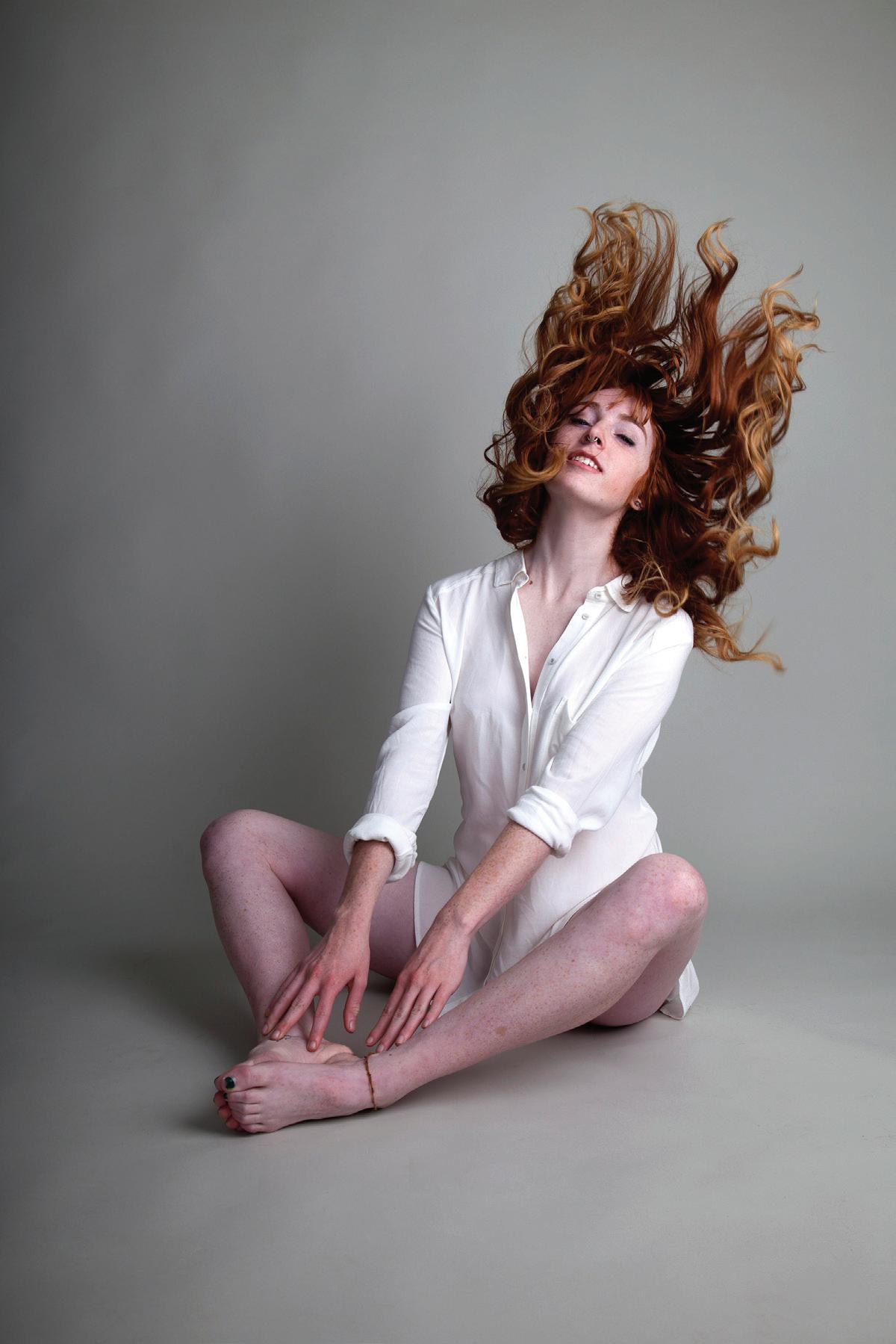
Call me Kat. From a photo session featuring Kathleen GoreyMcSorley.

John Wallace (f8), Rape of the Sabine Women. “The feminine component and the curves echo the previous image, but the violent drama portrayed, my use of monochrome, and the fact the figures are stone rather than flesh present stark contrasts.”

Roger Smith (SF), Shogomoc River, NB. “The falls respond to the smooth lines of the sculpture, with soft flowing water replacing the hard, smooth marble.”

Rod Trider (f8), “In contrast to Smith’s flowing curved falls, the Marina Condos on the Chicago River are creative curves of man’s making.”

Lori Quick (SF), Looking Up.
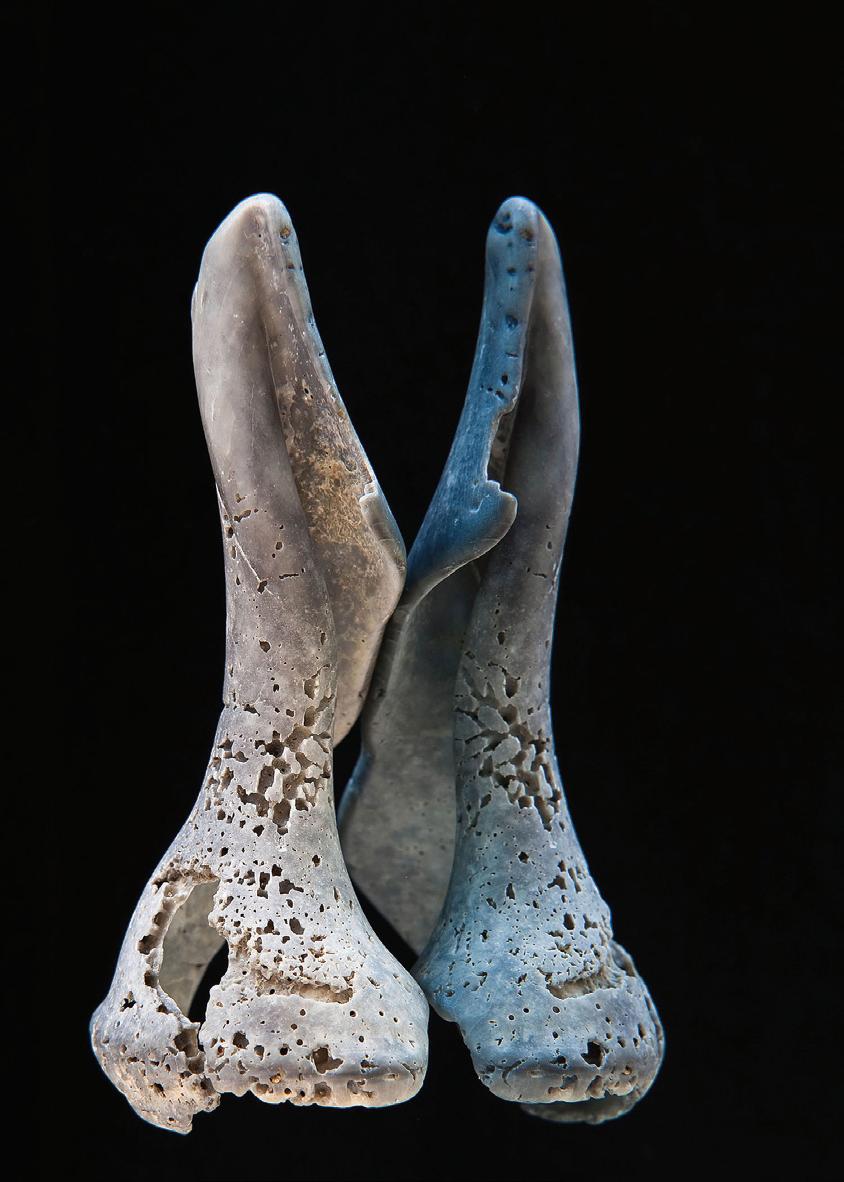
Felicity Somerset (f8), Co-dependencies #12. “In response to the curved lines, sculptures, and lighting in the previous image, I move in closer and play on the idea of sculptures: a broken sea shell with a curved form.
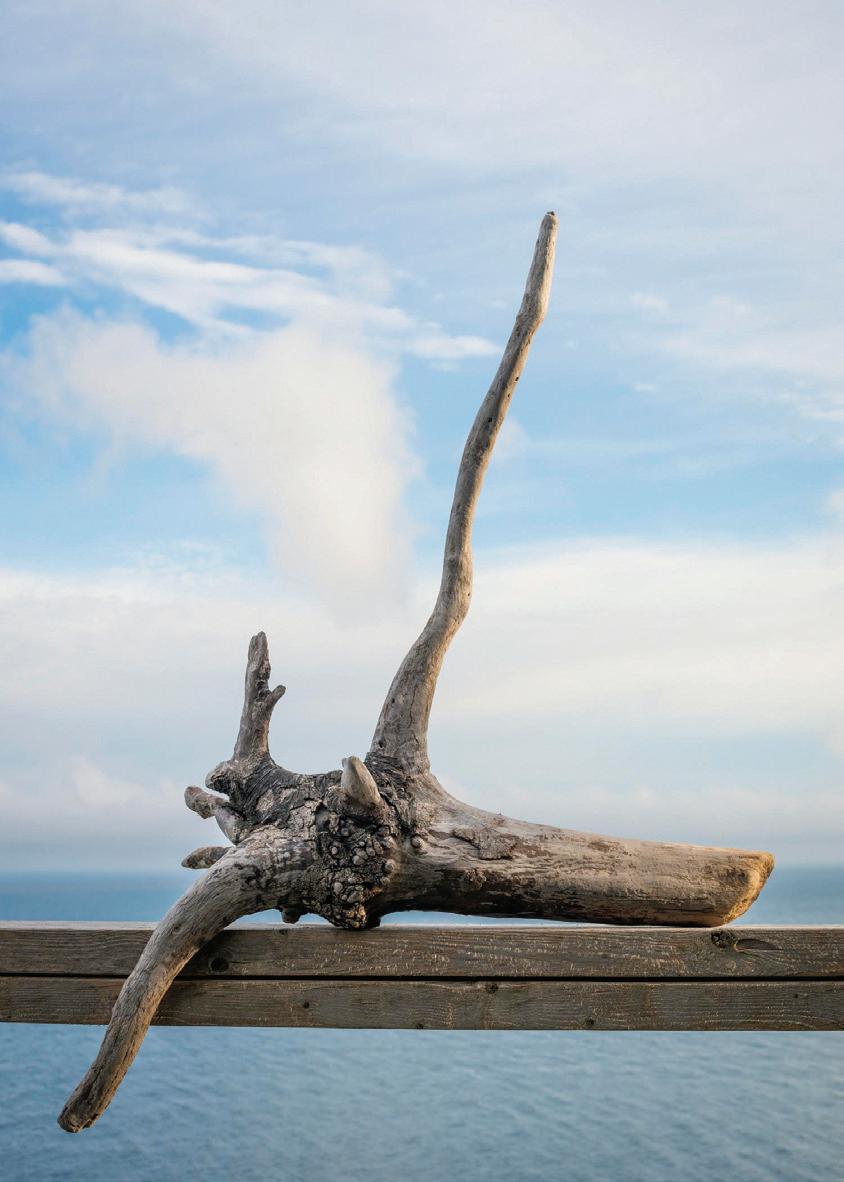
Peter Gross (SF), “My image was shot during a meditation retreat at a Buddhist monastery in Cape Breton. For me, bones and driftwood share both physical and metaphorical qualities. They are traces of past life.”

Natalia Shields (f8), “Similar to the previous image, mine includes water and a background softened by mist; however, I take a wider view and capture the landscape from a distance.”

Mike Meade (SF), Grandfather’s Wharf. “Taken from a lake in northern NB, a spot where my grandfather had a cabin. Neither he nor the cabin are around any longer, but they both had a great influence on me.”

Margit Koivisto (f8), “My image is similar in mood to Mike’s. Both have an ominous feeling through sky and composition.”

Jeff Crawford (SF).
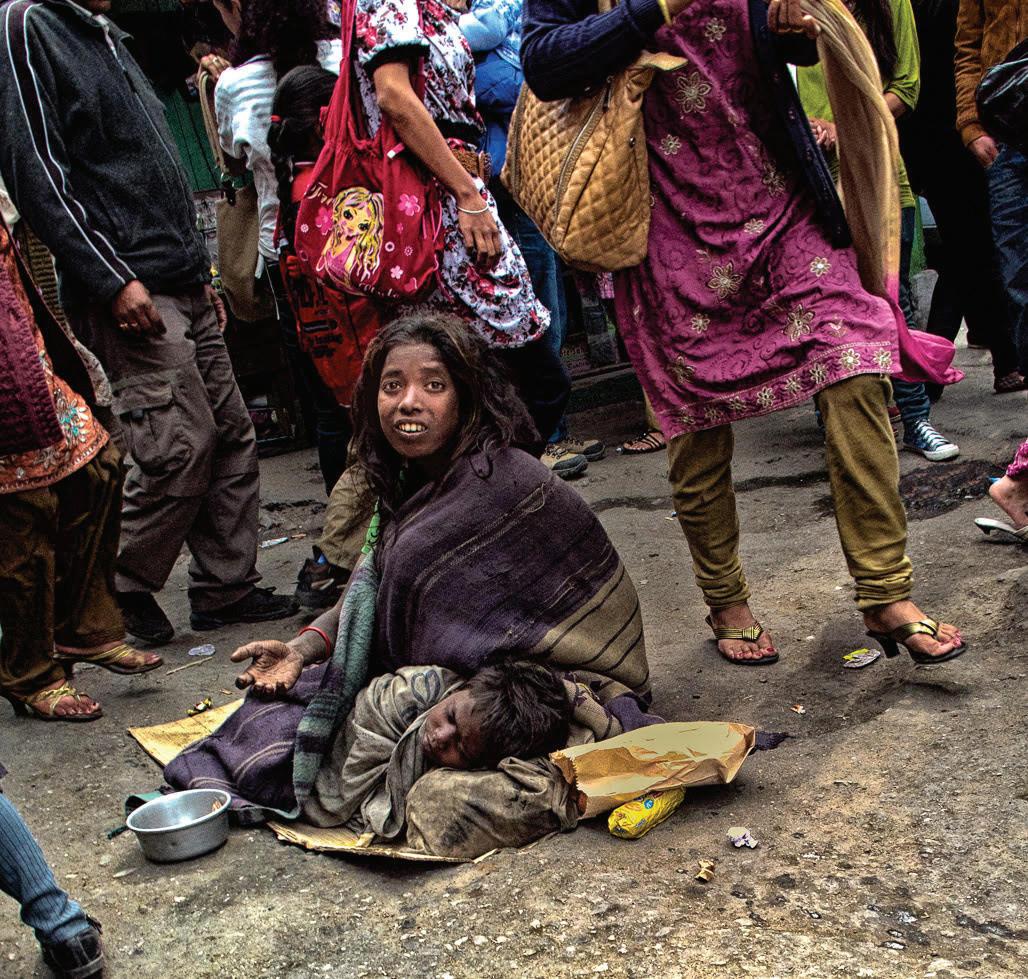
Michael MacLaverty (f8), Holding Her Own. “Jeff’s image is a well composed shot of a privileged woman. Mine, in contrast, is a shot of a poor woman on a busy, grubby street in India. While the women pictured are about the same age, that’s where their similarities stop. The Indian woman is desperate to receive anything of use for herself and her child. She will never be offered a rose.”

Rob Blanchard (SF), “When I looked at the image of the Indian mother and child, I initially felt despair. After a while I shifted my thoughts to the boy sleeping on the ground. I wondered if despite his situation and surroundings he still dreams, plays, and has happy times, like we would hope a child of his age would. This changed my view to one of hope. That a child can still be a child no matter the circumstances.”

Maureen Littlewood (f8), “This image struck a mood in me that drew me to present a dusk versus dawn contrast. The human forms’ triangular stances are reminiscent of the shape of the lighthouse.”
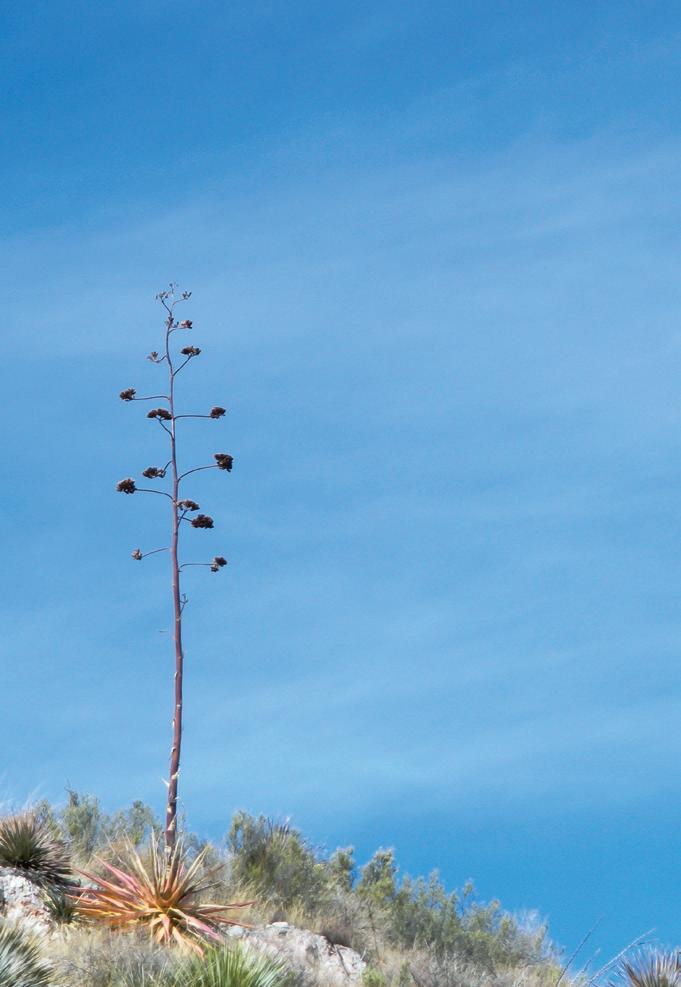
Denise Rowe (SF), “I chose this photo to contrast Maureen’s. A lone tree in the dry desert with a high-noon blue sky opposes the cold and damp seascape.”
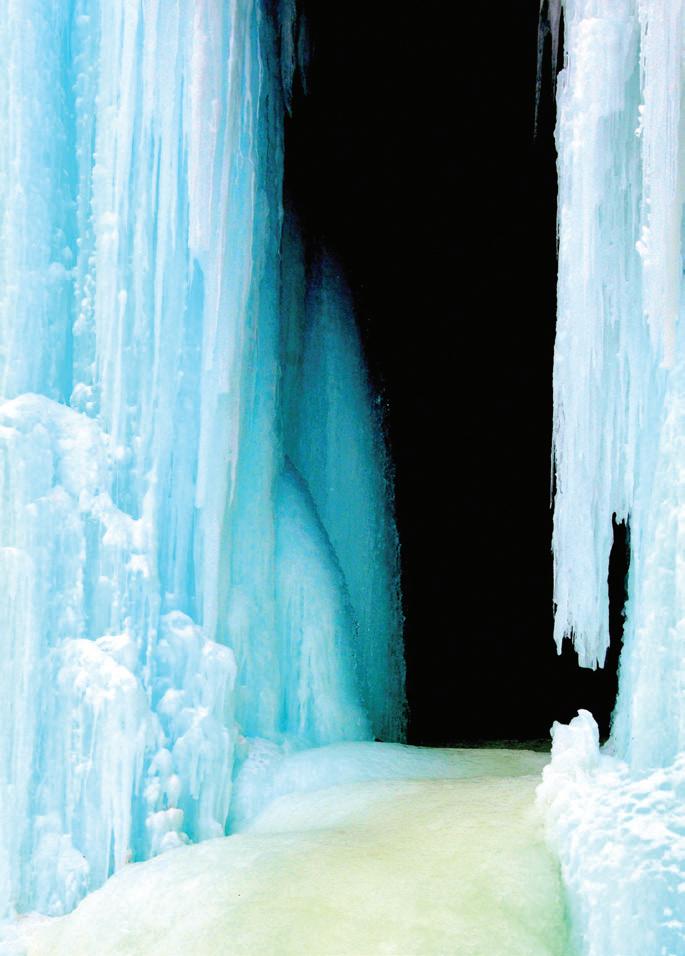
Catherine Mackinnon (f8), Indian Falls. “I contrasted Denise’s work with an opposing experience. The colouring is similar and each image depicts a fierce pride and independence in a unique natural environment. Denise’s image may be similar year-round, whereas the ice formation was part of an unusual March when Lake Huron was mostly frozen over.”
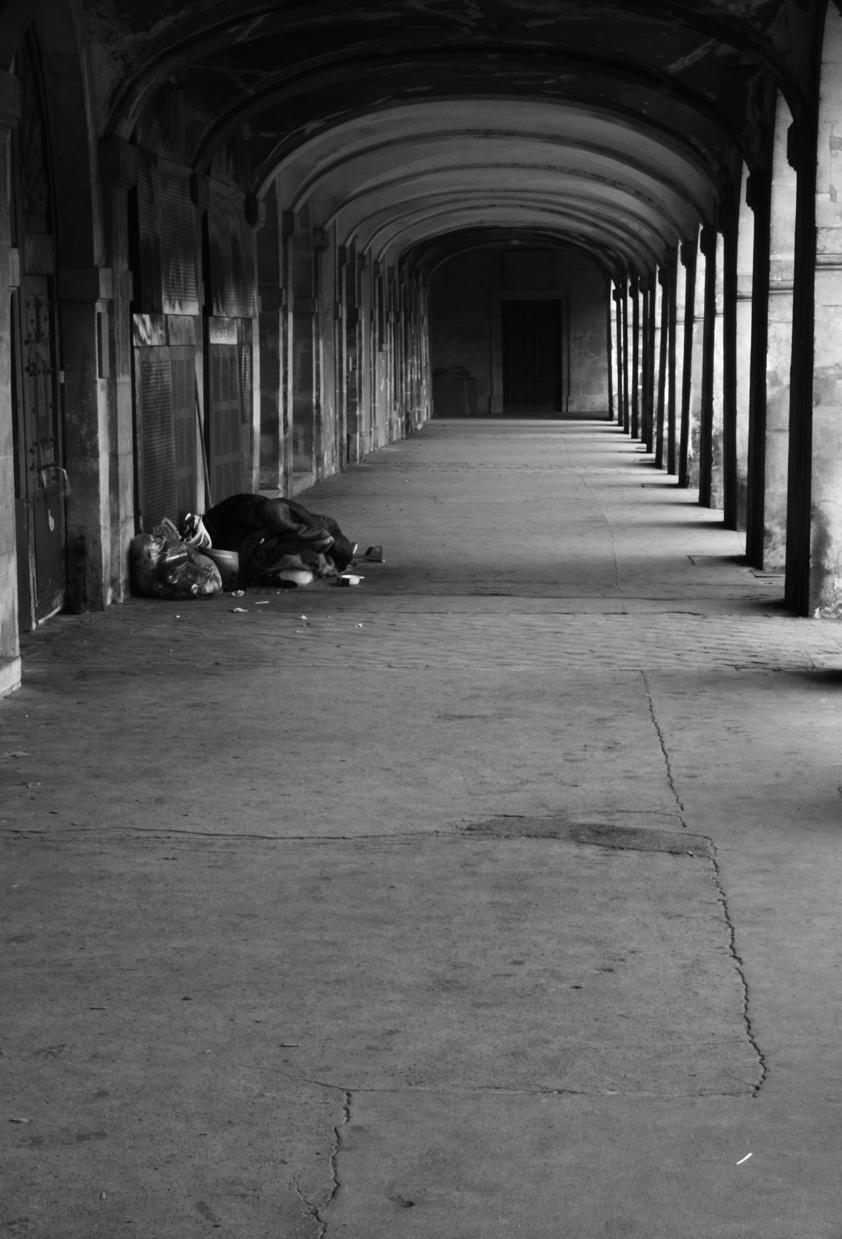
Burton Glendenning (SF), Home. “Home for one man in his solitude now; home for one King and his entourage in bygone years.”

Mandy Wright (SF), Van Ad Pop!, “In contrast to Burton’s image, bright pop-art colours belie what a man’s life might be against the grey pall of what a man’s life has become. Visually my image sympathizes with the vertical colonnade in Burton’s photo.”

Oliver Flecknell (SF), Power to the Popular. “Advertising signage in Mandy’s image and the ubiquitous social desire to gain social media followers inspired my response.”

Peter Bjerkelund (SF), Chime, August 11, 2010 - 8:51 pm. “It’s about timing. My image documents the moment when the Earth’s orbit around the sun is closing off the final rays of light, which are caught on the edge of a cloud blowing in the wind over the surface of the planet. A simultaneous clockwork creating what looks like a different reality. Gone in the next moment.”
The SilverFish Photography Collective is based in Fredericton, New Brunswick.
Members came together originally as emerging photographers, many of whom attended the same college (New Brunswick College of Craft and Design). They were driven to keep conversation and passion for photography going after graduation. Andrea Crabbe spearheaded the first meeting with classmates and the group that met at her house became the contributors of their first exhibition in 2001. Karen Ruet, a SilverFish member, comments about their time in school, “We talked non-stop about photography: photographers, innovations, ideas, our shoots, where we were going, how we thought we might get there. We shared printing ideas. We spent our time together socially. It was a golden era.” The collective’s membership has almost completely changed since it started, with people moving away, having children, moving into different careers. Additionally, the mission of the group has evolved and now we’re focused on exhibiting our work. The general photography conversation is now more focused on planning and logistics for our exhibitions.
Membership has grown from eight to twelve over the years. SilverFish stays small to enable individual members to exhibit bodies, or small series of works, while still fitting all the members works inside a gallery space. The collective meets monthly to discuss themes and ideas and share their work amongst themselves. Between meetings, there is always communication over email. The group works together and keeps careful notes from each exhibition. Building on past experiences and incorporating new ideas helps to advance their future projects. Ruet says, “Mostly we work together on thematic development. Members are autonomous and shoot on their own.”
Moving their work past the New Brunswick border has been their biggest obstacle. Finding more galleries to show their work would give them more exposure and opportunities. The collective aspires to push even further and tour an exhibition that they have created. “We would love to collaborate more with other groups in other provinces. We are accomplishing this by showing Canada 150 work at the ViewPoint Gallery in Halifax with the ViewPoint Photography Collective, and then by moving the show to Fredericton.”
Although these two groups live in different geographies, what rings true about everyone involved is a deep-seated passion for photography. A successful collective requires ongoing communication and collaboration with a common goal in mind, and includes opportunities for individual photographers to advance their skills and portfolios. They all just want to make creative photographs, talk about those photographs, and spend time together while expressing their ideas through their own unique lenses. We also suspect for both groups that meetings with treats may also be a part of the ties that bind!
WWW.SILVERFISHPHOTO.CA WWW.F8PHOTOGRAPHYCOLLECTIVE.COM





